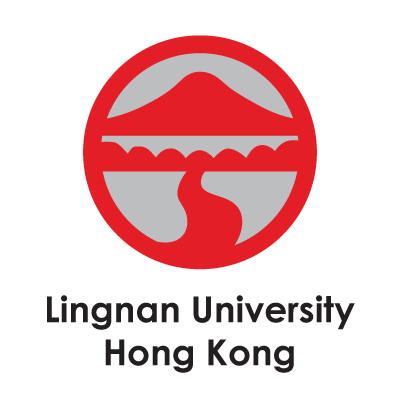New vice-president to drive Lingnan University’s research agenda

Sponsored by

Lingnan University plans to boost international interdisciplinary research to meet the challenges of the digital age
Lingnan University in Hong Kong is working to bring technology closer to society and humanity, says Xin Yao, the new vice-president for research and innovation. “The intersection between arts, social sciences, business, science and technology is very important,” he says.
There are many excellent engineering and science universities in the world, but there is still a gap in understanding how to utilise these technologies and bring them closer to people. “As a liberal arts institution, there is a unique opportunity for Lingnan University to grow into that area,” Yao says. “If we want to educate our students to be innovators and knowledge creators, we need to look at technologies from society’s perspective. We have to strengthen our research in those areas. There’s a consensus now within the university that even for a liberal arts institution like Lingnan, science and technology are essential because our society has moved into the digital and AI era.”
Yao plans to focus on internationalisation and multidisciplinary research to further the university’s goals. “If you want to carry out world-class research, you can’t do that in your own room,” he says. “You do it in collaboration with the best people in the world.”
When researchers develop new ideas, it’s important that they are critiqued “to see whether they actually sparkle or have some potential weakness”, Yao says. The best way to do that is through collaboration with world-leading researchers. The university is actively working to foster such collaborations. For example, it is establishing an Institute for Advanced Study to attract leading researchers and foster global collaboration. This will enable international researchers to engage with university scholars and generate new knowledge.
In its own recruitment for staff, Yao says the university “will make it very clear that we prefer researchers who are interested in interdisciplinary research”. This is because interdisciplinary collaboration allows researchers to tackle some of humanity’s most pressing problems. “Everyone has their own expertise and sees one aspect of a more complex problem,” he says. “If we want to solve real-world problems and have societal impact, then we have to bring people from different disciplines together.”
Lingnan’s research strategies will emphasise three aspects of the university’s operations, Yao says. The first is to focus on tackling major societal challenges. The second is to promote interdisciplinary and multidisciplinary research to tackle such grand challenges. The third is to be selective, focusing on societal needs and playing to the university’s strengths, given its small size.
Although Yao has moved into the newly created position – previously Lingnan University did not have a vice-president for research and innovation – he will continue to undertake his own research. “It would be very hard to do the management of research without doing research yourself,” says Yao, who specialises in artificial intelligence.
His work focuses on evolutionary computing and neural networks, drawing inspiration from biological systems. “A lot of inspiration comes from natural evolution, and then we try to learn the principles and ideas behind it and make use of them in solving real-world problems,” he explains.